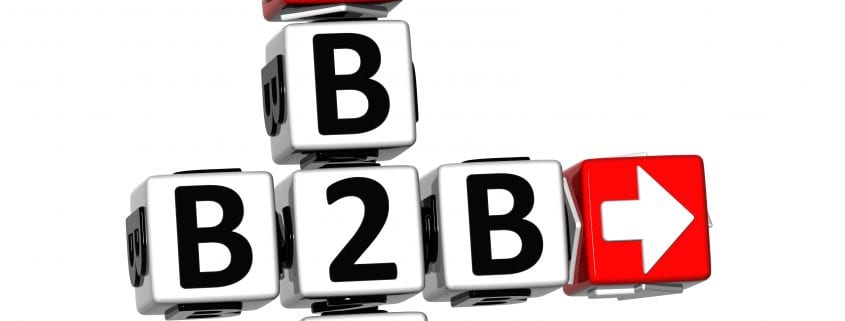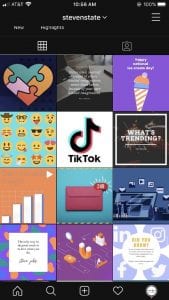
Guide to B2B Marketing During Covid-19
Companies around the country are affected by the current COVID-19 pandemic. However, even if business is slower than normal, it does not mean that you should stop your marketing efforts. While you may not see short-term results during this pandemic, your marketing strategy can put you in the position to see results over the long-term. This is especially true once things get back to normal. With that in mind, the following are the steps you should take to improve your B2B digital marketing efforts during COVID-19.
1. Use The Time You Have To Your Advantage
One of the everyday challenges in business is to reach potential clients at the right time. During the pandemic, prospects and clients alike are going to have more free time on their hands. They may have had to shut up shop temporarily and are just waiting to open back up. Others may be working from home, which means that they may be working sporadically throughout the day. You can take advantage of the time your audience has by hosting webinars or producing more long-form content.
2. Re-Evaluate Your Audience’s Perception Of Value
As you know, the pandemic has changed the way we look at a lot of things. Many companies are re-evaluating what is important to them. They are also re-evaluating their budgets and their perception of value. You need to make sure that you stay on the same page as your prospects and clients. This means that you should re-evaluate what your audience’s perception of value is.
Identifying your customers’ current needs
Understanding that customers may not be purchasing products or services from you in the short-term doesn’t mean that you can’t offer value. Put yourself in their shoes. What kind of content will they find helpful during this time? How can you help them? Of course, not all of your clients’ companies may be suffering. Some may be thriving at the moment. Identifying these businesses is essential as you may be able to target them more effectively.
3. Engage Your Audience In A More Personal Way
Most businesses aren’t doing exceptionally well at the moment. Not to mention that people are, in general, somewhat on edge. There are countless reasons for this. People are worried about their companies. They are worried about their health. They are stuck at home under stay-at-home orders. With that in mind, generic sales pitches aren’t exactly going to win them over. Instead, you should focus on hyper-personalization across all channels.
Using hyper-personalization
Hyper-personalization is the use of behavioral and real-time data across multiple channels to personalize the prospect’s or customer’s experience. It’s different than traditional personalization in that you also use purchasing, browsing, and other real-time data. The result? First of all, you’ll get to know what your audience’s current needs are better. Secondly, you’ll create a unique experience tailored to those needs. Such an experience helps you build longer-lasting relationships.
4. Have A Plan For The Future
If COVID-19 has taught us anything, it’s that you can’t predict the future. Anything can happen, which is why you should make sure that you’re prepared. This means that you should have a plan in place in the event that it lasts longer than you expect. On the other hand, you should also plan for the end of the pandemic. When it does end, you will likely need to make more adjustments to your marketing strategy. Just keep in mind that an effective marketing strategy is one that can adapt to various situations. Using this guide should help you do just that.
Follow these steps to make sure that your digital marketing strategy is effective during the pandemic. It might not be apparent right away, but there are still marketing opportunities that you can take advantage of despite COVID-19.


 Looking for ways to boost your social media brand presence? Knowing how to increase brand engagement on Instagram, the latest and hippest social media platform app, is a great start. People are online all day due to working from home. Virtual shopping has risen due to restrictions and pandemic fears. As we have geared toward a more online world, your brand’s presence on the web is more important now than ever.
Looking for ways to boost your social media brand presence? Knowing how to increase brand engagement on Instagram, the latest and hippest social media platform app, is a great start. People are online all day due to working from home. Virtual shopping has risen due to restrictions and pandemic fears. As we have geared toward a more online world, your brand’s presence on the web is more important now than ever.






